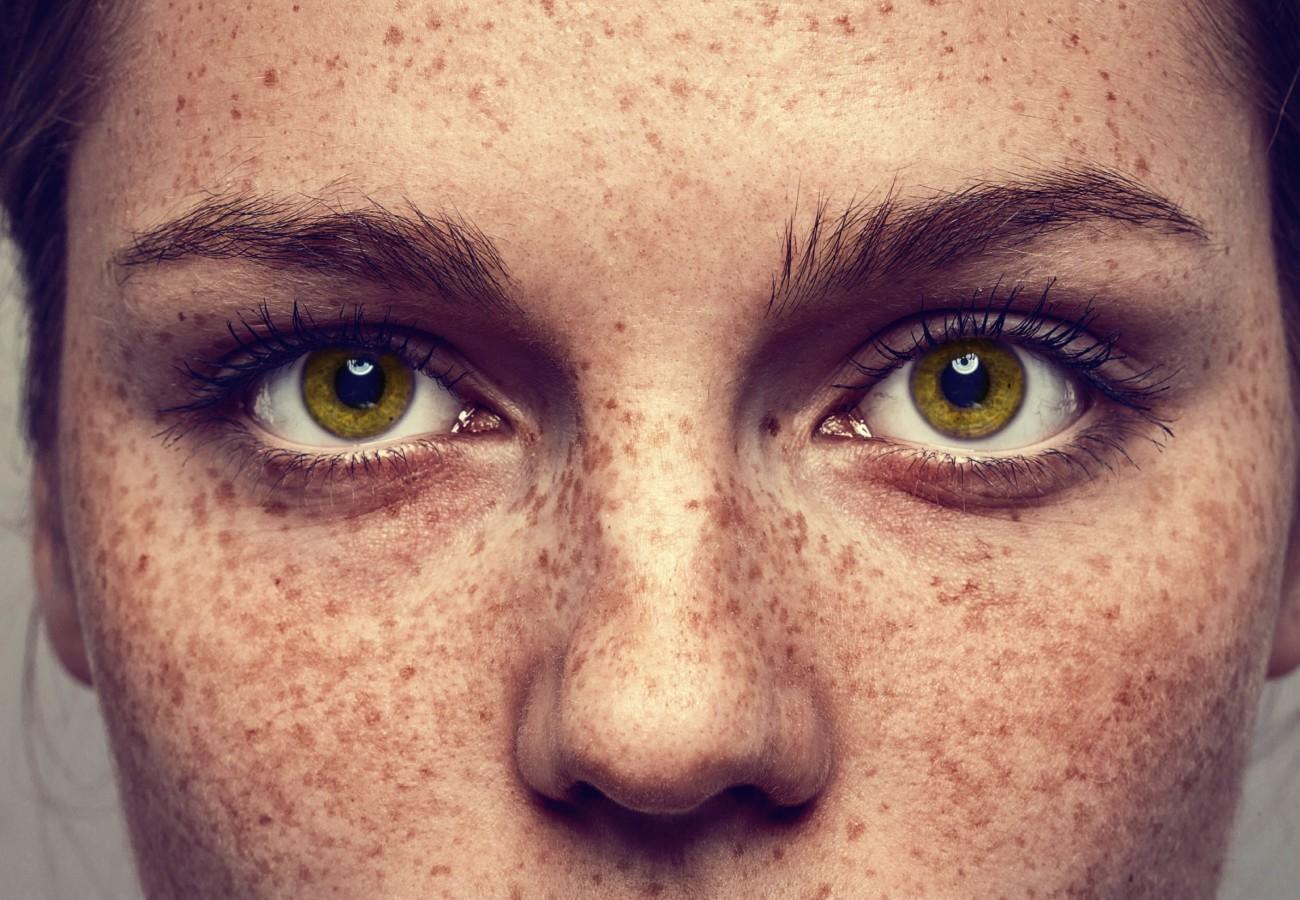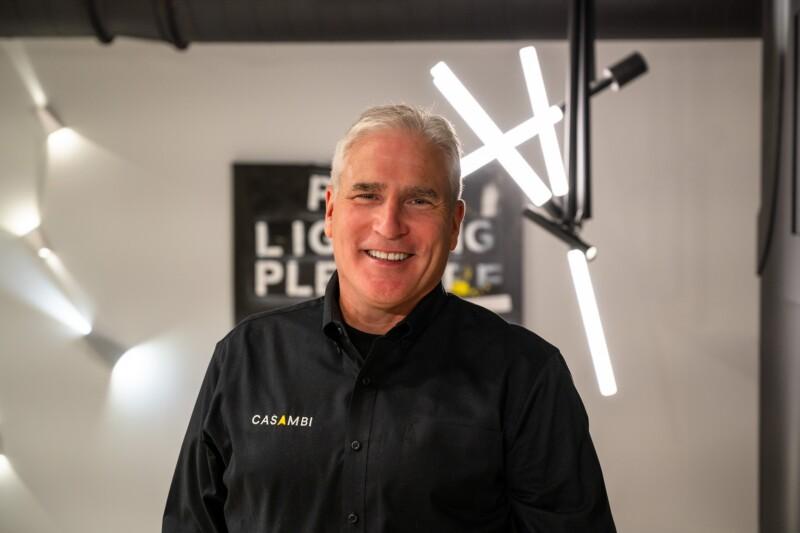The latest research in Human-Centric Lighting: How to energize your mind and body with light.

The human body and its intricate systems are highly complex. One question that captivates researchers is … how exactly does light impact psychology and physiology?
Did you know that you can be color blind and still be impacted by different light colors? This revelation formed the basis of Professor Andrea Siniscalco’s recent webinar (you can now watch it on demand) entitled ‘Light Trickery: The science behind HCL in the workplace’.
Siniscalco works in the Department of Design at Politecnico di Milano, where his research centers around lighting and how it interacts with human beings. He explained how our relationship with light has evolved since the inception of humanity. The ‘sustainability’ and ‘wellness’ factors of light are often talked about, but their meanings and our comprehension of them have changed across civilizations.
We make fire.
Once upon a time, survival was secured when groups of people gathered around the fire. Wellness referred to the fire’s offering of warmth, food and security. Sustainability concerned the gathering of resources to maintain the fire. With the advent of artificial light (oil/gas/electrical), the ‘wellness’ focus switched to discriminating the contrast – to light’s effectiveness on a task. It was reduced to illumination only. And sustainability was no longer a matter of survival, but we didn’t yet recognize the consequences of our over-consumption.
In the early 1980s, scientific discoveries revealed that light deeply impacts human physiology. We realized that light affects psychology and physiology in different ways, and therefore vision should not be the only aspect considered when designing lighting. Bad lighting was found to be exhausting to live and work under. We started to design it not just to see stuff but to affect our biology. Turns out our ancient ancestors’ relationship with light was deeper than we realized.
Light in body and mind.
Light is proven to affect the activity of the cerebral cortex, body temperature and heart rate. For example, certain light can trigger certain brain waves – such as Alpha waves, which are important because they mark the transition between states of consciousness and the subconscious – they’re essentially waves produced as we fall asleep.
Color temperature influences such brain waves. 3000K light increases the production of alpha waves calling us to sleep. Conversely, 5000K decreases them to keep us alert. And color too… A light with a 460nm wavelength appears blue. This causes the internal body temperature and heart rate to increase. But 550nm light (yellow) waves do not.
So, even though visually we might feel psychologically activated by a bright yellow, a blue will affect our bodily response more so. Blue induces the body to be more alert, yet other lights may influence the level of subjective alertness.
Circadian cycles.
We are designed as humans to work during the day and sleep during the night. Knocking this pattern out of kilter is considered responsible for various diseases because we are not biologically designed to work any other way. Bright evening light misaligned with sundown can delay circadian rhythms, putting sleep/wake patterns out of whack.
Light affects the production of the hormone melatonin, which regulates the biological clock. Human melatonin production decreases as a person ages. However, the right lighting at the right time can help to induce the right bodily response needed to kickstart hormone production and calm our bodies for sleep. Light therapy has also been proven to successfully treat manic-depressive patients with seasonal mood cycles. And accelerate weight gain in pre-term infants.
Light can help!
The human body contains a glorious system of receptors and cells. The sun can tan our skin and hair, but this stimulation doesn’t affect circadian rhythm. When it comes to receiving light, all the magic takes place on our retinas. It’s here that the language of light is translated into the language of our brain.
Light receptors on the retina called Melanopsin are responsible for translating light for our physiology. The signals travel through the brain to the pineal gland where melatonin is produced. Whereas the cones and rods on the retina take signals on a different route. They follow the optic nerve to the visual cortex to create a color sensation.
Psychology is not the same as physiology – the symbolism of colors does not tally up with the way in which such colors affect our bodies. The perception of color is based on personal experience and the rational mind. And the psycho-perceptual sensation of color is generated in the visual cerebral cortex. But you can be color blind and still be affected by light from a physiological point of view. So, we have two different channels for receiving light.
Here’s the great news… wireless smart lighting controls allow occupants of lit spaces to leverage the characteristics of light that affect both melatonin and the circadian system as well as the cognitive factors of light. You can remotely tweak the color, the color temp, the quantity, and the time duration of exposure to certain lights on the fly to help your body and mind receive the nourishment they need when they need it.
In Siniscalco’s presentation, he unpacked the biological benefits of dynamic lighting in the workplace. This blog post merely scratches the surface. Dynamic lighting is proven to enhance productivity, improve the regulation of circadian rhythms, boost mood, raise the visual acuity of workers, and reduce energy consumption. Considering we will all spend an average of 90,000 hours at work, the case for human-centric office lighting couldn’t be stronger. It’s highly worth watching (here’s the link).
Interested in learning more about Casambi? Drop us a note, and we’ll reach out to you:


